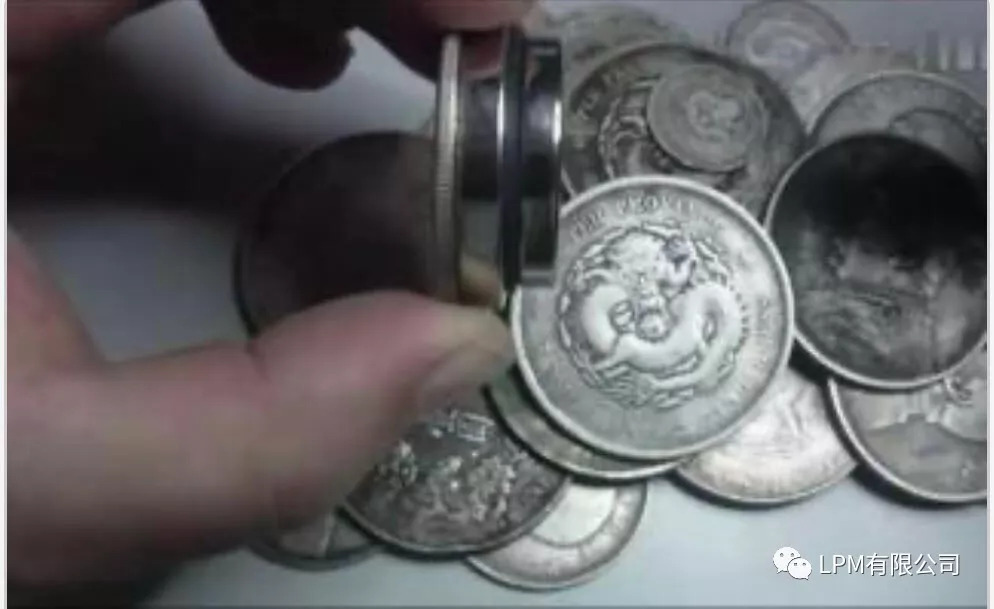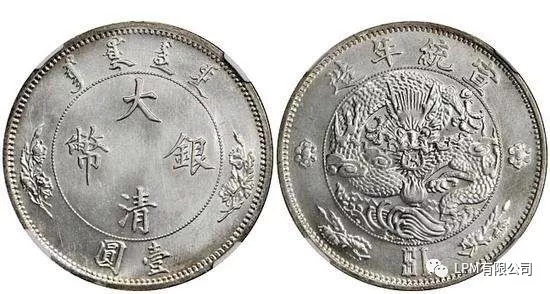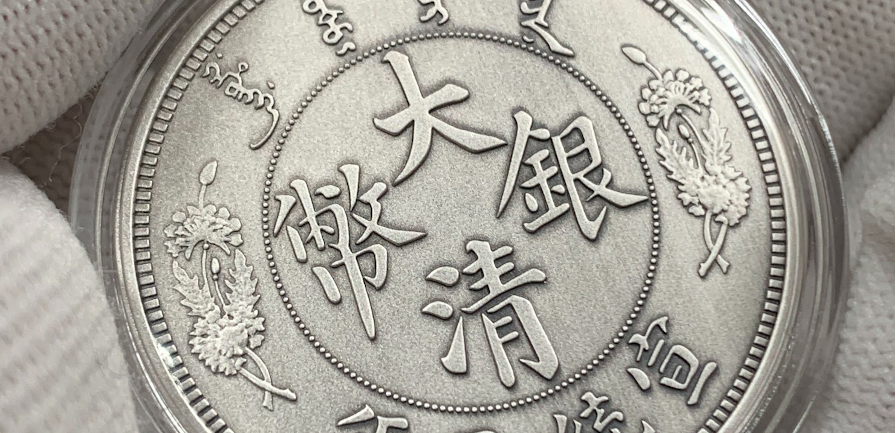LPM revisited China’s numismatic past with the launch of the Dragon Dollar series of eight rounds. Inspired heavily by the extremely popular 19th to early 20th century Chinese Dragon Dollars that are a collectors’ delight, this launch is the cynosure of all eyes. There is a strong emerging demand for these rare coins, as evidenced by the impressive six-figure prices these command at auction. The fact that the demand is still to settle down lets one have some idea of this form of investment’s potential.

The originals are exceedingly rare and hard to come by. Therefore, this series provides people with the rare chance of collecting a set of reproductions of the scarce and hard to find editions. Every one of the series of eight carries the imprint of the original reverse face. Though these are bullion, they are extremely well struck and make for fabulous looking classic designs.
Historically, the Dragon Dollars were based on the specification of the old Spanish Trade Dollars comprising 27.22 grams of 0.900 silver. The modern reproduced version conforms to modern specifications coming in a modern troy ounce of either .999 silver or .999 gold. Both of these possess the standard brilliant uncirculated finish that you come across in bullion coins. Soon, there will also be a silver antique version reissue with a limited mintage of only a hundred pieces. Five of the eight are already out with this finish, with the rest about to come out soon.

2020 1 KG CHINA KIANGNAN DRAGON DOLLAR ONE .999 SILVER RESTRIKE PREMIUM UNCIRCULATED
Slated to come out later is a limited 100 pieces mintage of a 1 kg silver version. This sure provides a unique perspective into the stunning designs that artists came up with more than a century ago. The first issue, famously known as the Kiang Nan dollar, is artfully presented in a wooden box bearing an authenticity certificate. Like the smaller versions, this comes with the date, composition and serial number etched onto the coin’s edge.

This is indeed a very impressive series that, with its practical format combined with a limited mintage, makes for a rare offering for collectors and investors alike. The numismatic past of this region hopefully will receive its due importance now. LPM, who are distributing the coins, are making them available around the world. Interestingly, both gold and silver faces happen to have the same obverse.
China Kiang Nan Dragon Dollar
The Kiang Nan province was historically one of China’s richest regions, and the mint located there used to go by the name Nanking Mint first struck coins in the 1890s. These were produced only for a few years, explaining the high premium on them in today’s times. The Heaton Mint in Birmingham was tasked with developing the original dies for a series of silver denominations for the first Kiang Nan mint.
The obverse bears the iconic image of a Chinese dragon curled up in a retrograde S shape with a fireball emanating from his mouth, staring fiercely at the observer. The reverse features four Manchu and four Chinese characters that read Kuang Hsu Yuan Pao within a chain pattern consisting of tiny S figures. For the first time, a Chinese mint will use laser technology to etch the year, weight, mintage, and purity all-around the edge of the coin.
China Reverse Dragon Dollar
This was struck in 1911 and marks a crucial junction in Chinese history-the end of the Qing dynasty, which began in 1644. Its obverse side features an intimidating regal dragon carrying the denomination 1 yuan in Chinese and 1 dollar in English. Its reverse side contains the legend Hsuan Tung, 3rd Year” (1911).
China Dragon & Phoenix Dollar
The obverse side showcases a Dragon and Phoenix and displays the national emblem of the Twelve Symbols. The reverse side bears the Wreath of Grain’s image, which displays the 1-dollar denomination in Chinese.
China Long Whiskered Dragon Dollar
The obverse side shows a novel dragon wearing long whiskers and displays the 1-dollar denomination in small English characters. The reverse side boasts of four Manchu characters in the center reading the 3rd year of Hsuan Tung at the bottom with four Hanzi characters in the center reading Silver Coin of the great Qing dynasty.
China Hu Poo Dragon Dollar
This China Pattern Tael minted in Silver was issued by the Hu Poo (Board of Revenue) during the reign of Kuang Hsu, Year 29 (1903). The idea behind the project was to bring uniformity to Chinese coinage according to the gold standard. The denominations were Tael, 5, 2, 1, and 1/2 Mace. The project never really took off for several reasons.
China Water Dragon Dollar
This legendary design was of a Dragon Pattern Dollar, which is significant because it represents the Chinese Empire’s final period ruled by the Qing Dynasty. The obverse side showcases a fierce serpent-like dragon flying over the sea. The reverse side bears four Manchu characters and two Chinese characters, depicting the legend of 1 Yuan. The Manchu characters read Great Ch’ing Silver Coin.
China Hu-Peh Twin Dragon Dollar
This iconic design originates from the Hu Peh Province located in East-Central China. The mint was active from the early Manchu dynasty and adapted for modern coin mintage in 1895. Specimens of the original have been known to sell upwards of $100,000USD at auctions!
China Kwang Tung Dragon Dollar
The dollar was among the first milled coinage produced in Imperial China at the Kwangtung Mint. Its output was intended to replace the Spanish and Mexican 8 reales circulating in the country. To this end, these coins were at a slightly higher silver content than the foreign interlopers. Unfortunately, Gresham’s Law kicked in, and the new heavier dollars were promptly hoarded or melted down.
Despite these dollars’ failure to achieve their desired end, their design provided the standard for issues from all Chinese provinces during 1890-1907.























eeed-1.png)
.png)